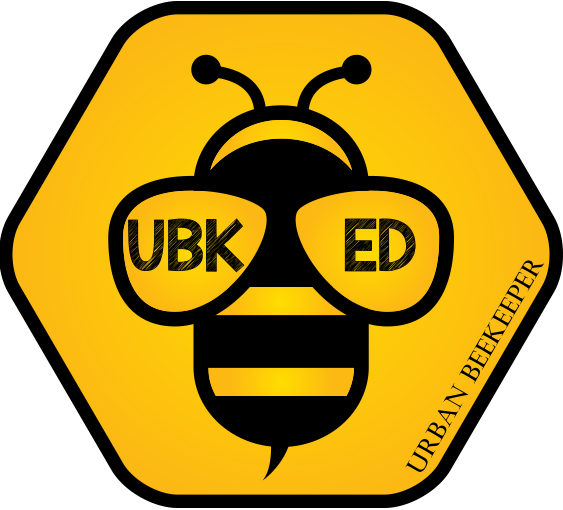

Apitherapy is the use of honeybee produced substances for health and healing. Honeybees produce honey, pollen, propolis, royal jelly, and beeswax, all of which are used by people for nutrition, immune system support, treatment of a variety of ailments, skin care, and healing of open wounds. Even bee venom is used to treat many chronic conditions.
Bee Pollen is the male reproductive material of plants used by bees to feed their larvae. Pollen is the honeybee’s exclusive source of protein, containing all the essential amino acids that people require. People use bee pollen as a multi-vitamin, energy booster, and/or to build up their resistance to air-borne (hay fever type) allergens.
Propolis is a combination of beeswax, honey, and tree resins mixed with bee-produced enzymes, used to protect the bee hive from bacteria, fungus, and viruses. Propolis has natural anti-bacterial, anti-viral, anti-fungal, anti-oxidant, and anti-inflammatory properties. People use propolis as a remedy for colds & influenza, and to boost the immune system. The antibacterial and anti-fungal properties of propolis make it an ideal topical ingredient for treating various skin conditions. People use propolis as a remedy for colds & influenza, and to boost the immune system
Royal Jelly is an enzyme enriched food, produced by young worker bees and fed to a queen bee for her entire life. People use royal jelly as a multi-vitamin, an immune system booster to promote longevity, and for mental clarity.
Beeswax is produced by worker female bees for building the honeycomb structure that is used for brood rearing and storing of honey & pollen. People use beeswax for a number of items including candles, cosmetics, and furniture polishes.
Bee Venom is produced by worker female bees to defend themselves and their colony. People use bee venom to treat multiple illnesses.
Bee Venom Therapy (BVT) is the use of bee venom to treat human and animal disorders using a live bee or bee venom injection. BVT is used to treat people, horses, dogs, and cats. Over 40 different illnesses are treated with BVT including arthritis and multiple sclerosis.
BVT practitioners need to be careful because bee venom is histamine (poison) and it may cause a person to have an allergic reaction, which may vary from slight reddening of the skin to a life threatening situation with difficulty breathing.
Before a person starts with a BVT treatment schedule, he/she should conduct thorough research, consult a physician, and have an EpiPen nearby.
BVT is not for everyone. It is sometimes difficult to obtain bees and the treatment is painful.
The old fashioned method of applying a bee sting caused the bee to die. New methods consist of stinging through a stainless steel micro mesh, which allows the venom to enter the skin but prevents the stinger barb from attaching. Thus, the bee is not harmed and her venom regenerates within one or two days.

SOURCE: https://www.emerade.com/img/competitors/epipen-horizontal.jpg
